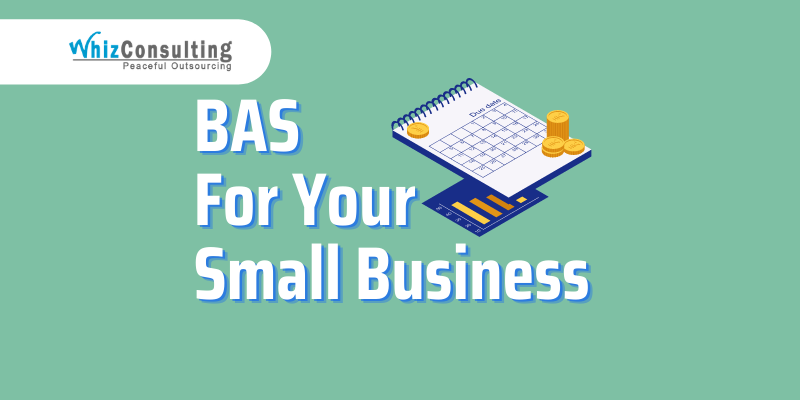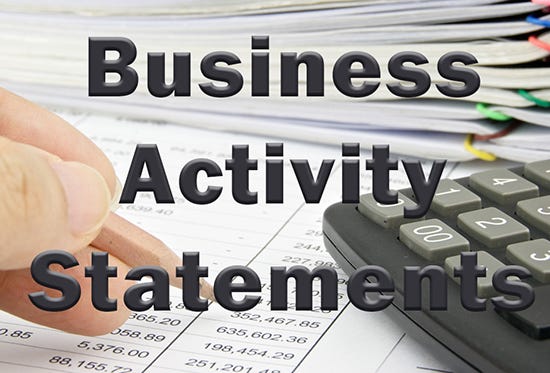What Should be Included in an Activity Statement
Introduction
An activity statement is a crucial document that provides a summary of the financial activities and performance of an individual or a business. It is usually prepared on a regular basis, such as monthly or quarterly, to assess the financial health and progress. In this article, we will explore the essential components that should be included in an activity statement.
1. Personal or Company Information
The activity statement should begin with the inclusion of personal details for an individual or the company’s information, including the name, address, contact information, and the reporting period covered by the statement. This section sets the context for the subsequent financial information and helps in identification and record-keeping.
2. Statement Period and Date
The activity statement should clearly indicate the period covered by the statement, typically mentioning the start and end dates. It is important to ensure that the statement reflects the financial transactions and activities within that specific timeframe. Additionally, it should include the date of the statement’s preparation, allowing users to track the recency of the information provided.
3. Revenue and Income
One of the key sections of an activity statement is the revenue and income component. It should detail all the sources of revenue or income generated during the statement period. This may include sales revenue, fees, commissions, rental income, interest income, or any other form of earnings. It is essential to present this information in a clear and concise manner for better understanding and analysis.
3.1 Sales Revenue
This subsection should outline the sales revenue generated from the sale of products or services. It should provide a breakdown of sales by product or service category, quantity sold, unit price, and the total sales revenue for each category. If applicable, it may also include any sales returns, discounts, or allowances.
3.2 Other Sources of Income
In addition to sales revenue, it is important to include any other sources of income. This may involve income generated from investments, rent received, royalties, or any other miscellaneous income. Each source should be clearly identified and the corresponding amounts disclosed.
4. Expenses
The next important section in an activity statement is the expenses section. It should provide a comprehensive breakdown of all the expenses incurred during the statement period. This can include costs related to production, operating expenses, administrative expenses, salaries and wages, interest expenses, and other miscellaneous expenses.
4.1 Cost of Goods Sold
Under this subsection, the cost of goods sold should be detailed. It involves the direct costs associated with producing or acquiring the products or services being sold. It may include raw materials, direct labor, and manufacturing overhead. The cost of goods sold is essential for calculating the gross profit.

What should be included in an activity statement?
4.2 Operating Expenses
This subsection should provide a breakdown of the operating expenses incurred in the normal course of business operations. It may include expenses such as rent, utilities, marketing and advertising costs, insurance, repairs and maintenance, and any other costs directly related to running the business.
4.3 Other Expenses
In addition to cost of goods sold and operating expenses, there may be other expenses that should be reported separately. These can include interest expenses, taxes, depreciation, amortization, and any other expenses that do not fall under the previous categories.
5. Net Profit/Loss
The activity statement should conclude with the calculation of the net profit or loss for the statement period. This is determined by subtracting the total expenses from the total revenue or income. The net profit or loss provides a clear indication of the financial performance during the specified period.
6. Additional Information or Notes
It is advisable to include a section for any additional information or notes that could help provide context or explanations for specific items in the activity statement. This can include explanations for significant changes in revenue or expenses, extraordinary events, or any other relevant details that may be useful for the statement users. To learn more about a business activity statement see here.
Conclusion
An activity statement is a vital financial document that provides a snapshot of the financial performance and activities of an individual or a business. By including the essential components discussed in this article, such as personal or company information, statement period, revenue and income, expenses, net profit or loss, and additional information or notes, the activity statement becomes a comprehensive tool for assessing and analyzing financial health. It is important to ensure accuracy, clarity, and transparency when preparing an activity statement to facilitate effective decision-making and financial planning.


